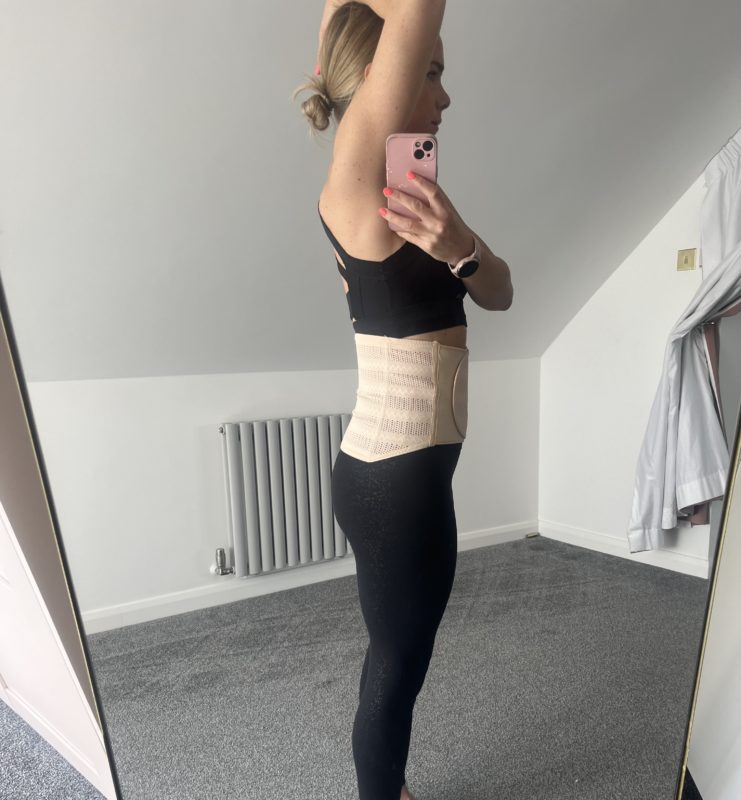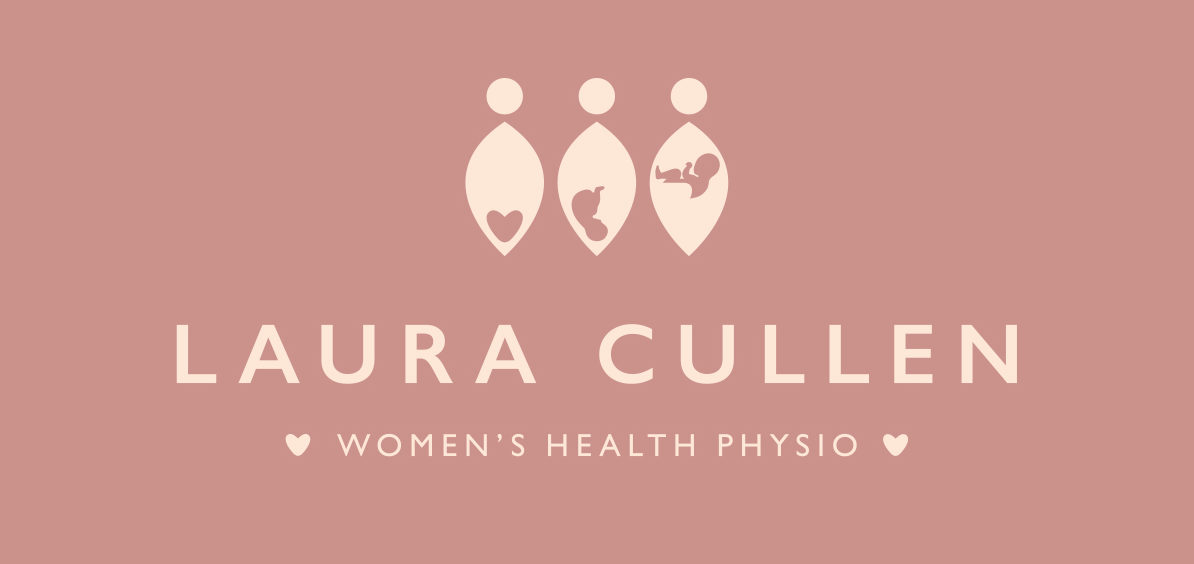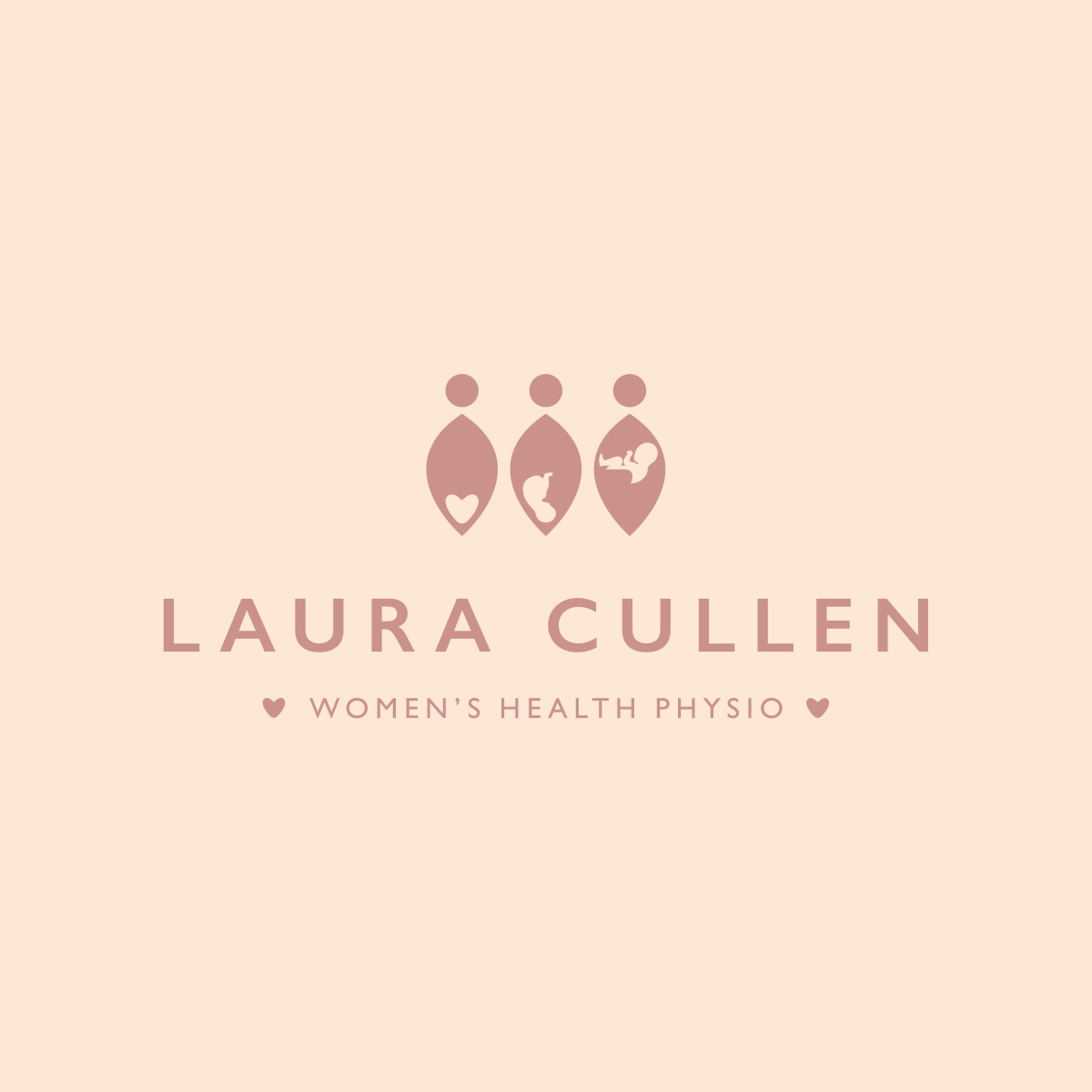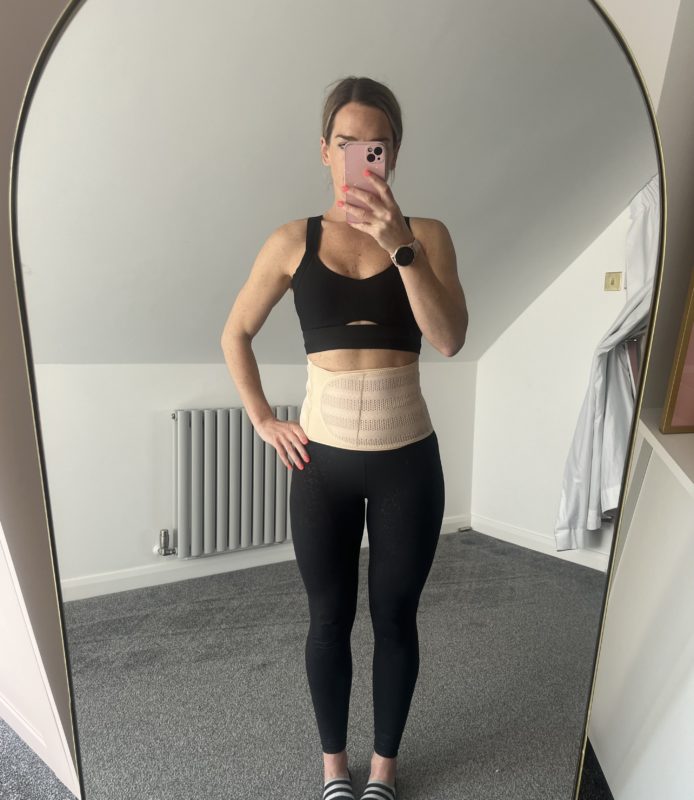Belly binding is a tradition in many eastern countries. I believe in China the mother is bound in bandages immediately post birth and the grandmother comes to care for both baby and mother for the first few weeks….sounds ideal (depending on who your mother is!)
So, minus the maid, and with the need to look after a baby (and for many of you- older children) whilst continuing general life chores; my advice is to support those overstretched, and often separated muscles, to give them a chance to recover properly.
Please note I encourage LOTS of rest in the first few weeks after giving a baby and this is not a green light to put on your band and go for it! This is to support the gentle activity you are doing in that time!
My suggestion is relatively continuous wear (any time you aren’t resting) up to week 2 and then gradually wean out. Continue to use for periods of increased activity e.g. food shopping, long walks, exercise and then gradually reduce its use until you are back to full function, max 12 weeks. I believe the increased support will allow improved function and therefore a speedier recovery.
As for post c-section, anything that requires use of abdominals hurts incredibly, including sneezing, coughing and laughing! Following other “normal” abdominal surgery patients would be encouraged to splint their tummy with a pillow when coughing etc., to reduce the strain (not always an option in the middle of Morrisons)!! So again, binding your tummy applies the same theories without needing to carry around your bedroom contents.

As well as supporting you the binder will also help to ‘remind your brain’ as to the way your lower abdomen should be supported by the deep abdominal muscles. However, correcting separated abdominals requires 2 things- doing the “right” things while NOT doing the “wrong” things. It is definitely worth seeing a Physiotherapist to be given specific exercises based on your ability and degree of separation, but one thing for everybody post-partum is to avoid straining your Rectus Abdominus (your “six pack” muscles). By this I mean- continuing to get out of bed by rolling onto your side and using your hands to get out of the bath/off a low chair, which hopefully you have been doing throughout your pregnancy, whilst also not doing strenuous exercises like planks or sit ups, and avoiding carrying excessive weights.
I wish I could provide you with some solid research to say that this works but after trawling through articles to find something, unfortunately, I have to admit defeat.
There is also some limited research around belly binding causing prolapse, I can understand why this would be the case if the ‘binding’ is very restrictive and not allowing abdominal movement. Rather I am encouraging of elastic bands like this one which you can purchase for under £10 from Ebay. These bands should give enough support without restriction.
Always remember pelvic floor and core recovery exercises are a KEY part of postnatal recovery and the band is not a substitution for this. It is always best to have a postnatal MOT from 6 weeks onwards to ensure you get the correct advice and exercises for YOU.



